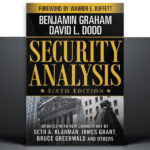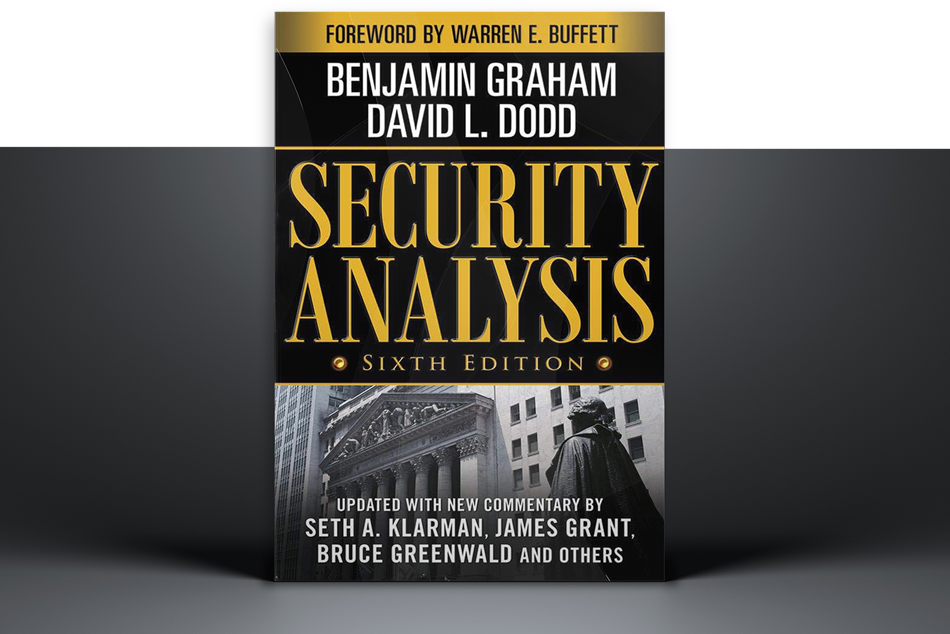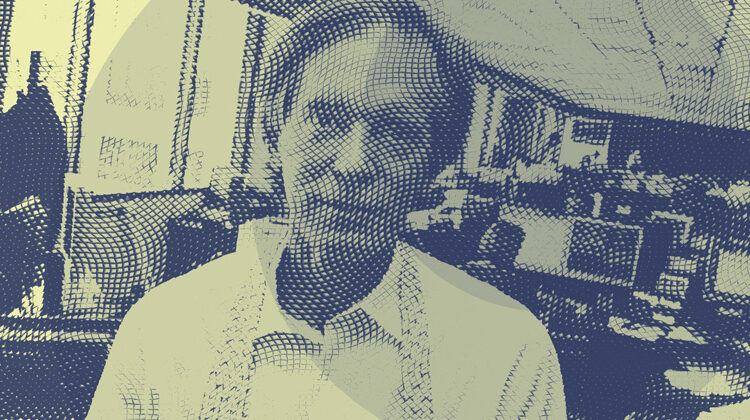
Bill Gross Casts Shade on Treasuries, Sees 10-Year ‘Overvalued’ at 4%
January 8, 2024
Bill Gross Releases New Investment Outlook, ‘Fundamentally Speaking’
January 12, 2024Fundamentally Speaking

By William H. Gross | January 12, 2024
I’m always fascinated by the opening bell of the market as CNBC shows the joy of investor expectations on the NASDAQ and NYSE exchanges. The cheers and the clapping reflect the confidence that stocks will almost always go up in price over the long term (and short term) as they have for more than a millennium and at an 8.2% pace for the past 20 years. But investing for the future as a well-done TV ad for Fisher Investments points out is a goal, not a guarantee, certainly over shorter periods of time. Even the icon of long-term investing, Warren Buffett, holds large amounts of cash at times waiting for the tide to go out and the bargains to surface. I suspect though that his choices are more of a reflection of value as opposed to market timing per se. He started his career long ago as a disciple of Benjamin Graham, utilizing book value and margin of safety as guides and he probably still does somewhat, but times have changed and investors these days seem to believe in making “money with money” as opposed to making money the old-fashioned way, using Graham’s margin of safety and waiting for the tidal change. Back in Graham’s day, money was used almost exclusively to buy real assets, not other financial assets.
I’m not advocating a complete return to fundamental investing though, because our modern economy is a finance-based economy for better or worse. The price of stocks is now only partially based on Graham and Dodd’s fundamentals but more reflective of interest rates, the Fed, momentum, fiscal deficits, and the inherent leverage of financial institutions and shadow banks. Shadow banks? Graham knew of no such thing. Old fundamentals were of little help during the Great Recession but dependent instead on government bailouts and the eventual use of Bernanke’s “helicopter money”, seemingly legitimized as QE or QT depending on the mood of the Open Market Committee. Finance based! Money based! Without a continuing growth in credit, markets don’t go up at 8.6% annually, and Graham’s fundamentals give little clue as to future results. So an investor must partially adapt to the times as I think I did at Pimco, all the while being leery of the increasing danger of leverage and its cost, as well as the effects of global warming and geopolitical tensions.
Today’s “finance-based” global economies are moving in the wrong direction. Government and private market debt levels are near all-time highs relative to GDP, not just in the US but in Japan, China, and most of Euroland. If interest rates cannot be lowered below nominal GDP growth and fiscal deficits cannot be controlled, it will only get worse. Demographic certainties of aging Baby Boomers that require medical care and Social Security blankets were once neglected but now reflect obvious trends towards 5% or more annual deficits/GDP in most countries. To paraphrase the old song by Tennessee Ernie Ford – “You get $30 trillion tons and what’a you get? Another day older and deeper in debt.”
What’s an investor to do? Doesn’t a modern-day investor need to at least get on the dance floor instead of being a disgruntled wallflower? Yes of course. These negative long-term trends can keep going until the next market disaster, whenever that is. But today’s investor in a finance-based economy has conservative choices, not just the asset-based subprime mortgages once advocated by Citibank’s Chuck Prince. Investors should be willing to sit out some dances – even some AI dances that may or may not blossom. I’m not advocating hiding away in a bomb shelter. Even Warren Buffett moved on to Apple years ago and presumably not based on book value and margin of safety considerations. But be careful. These are dangerous times – financially, geopolitically, and climatologically. These three are the market’s new fundamentals.
In my portfolio I own lots of oil & gas pipelines at 8-9% tax-deferred yields, my favorite being MPLX yielding 9.10%. Still own some banks at 70-80% of book value (back to Graham & Dodd!). CFG and TFC both trade well below book. I’m dabbling in small percentages of mortgage REITs (dangerous if yields rise). And a few arbs, CPRI being the latest. Just two days after my bullish Monday “X” on the prospects for sovereign approval, China gave the green light. If the merger closes, CPRI should move quickly toward its $57 acquisition price. I don’t see myself as an ancient investor. I’ve adapted somewhat to our finance-based economy over these years. But I’m being careful. You should too, no matter how great Nvidia looks. And don’t get bulled up on bonds. A 4% 10 year Treasury is no bargain in the face of $1.5 trillion deficits as far as an investor can see.




